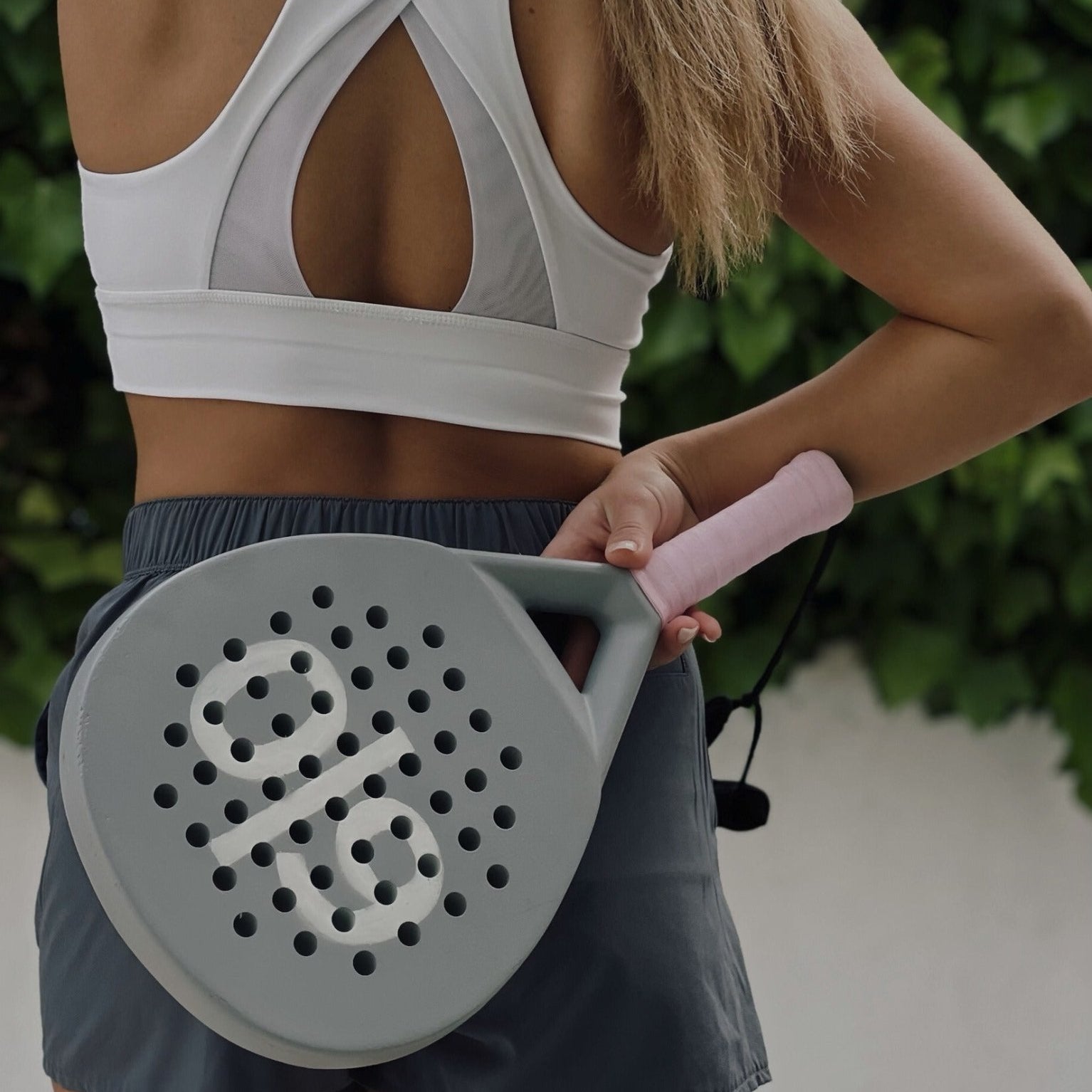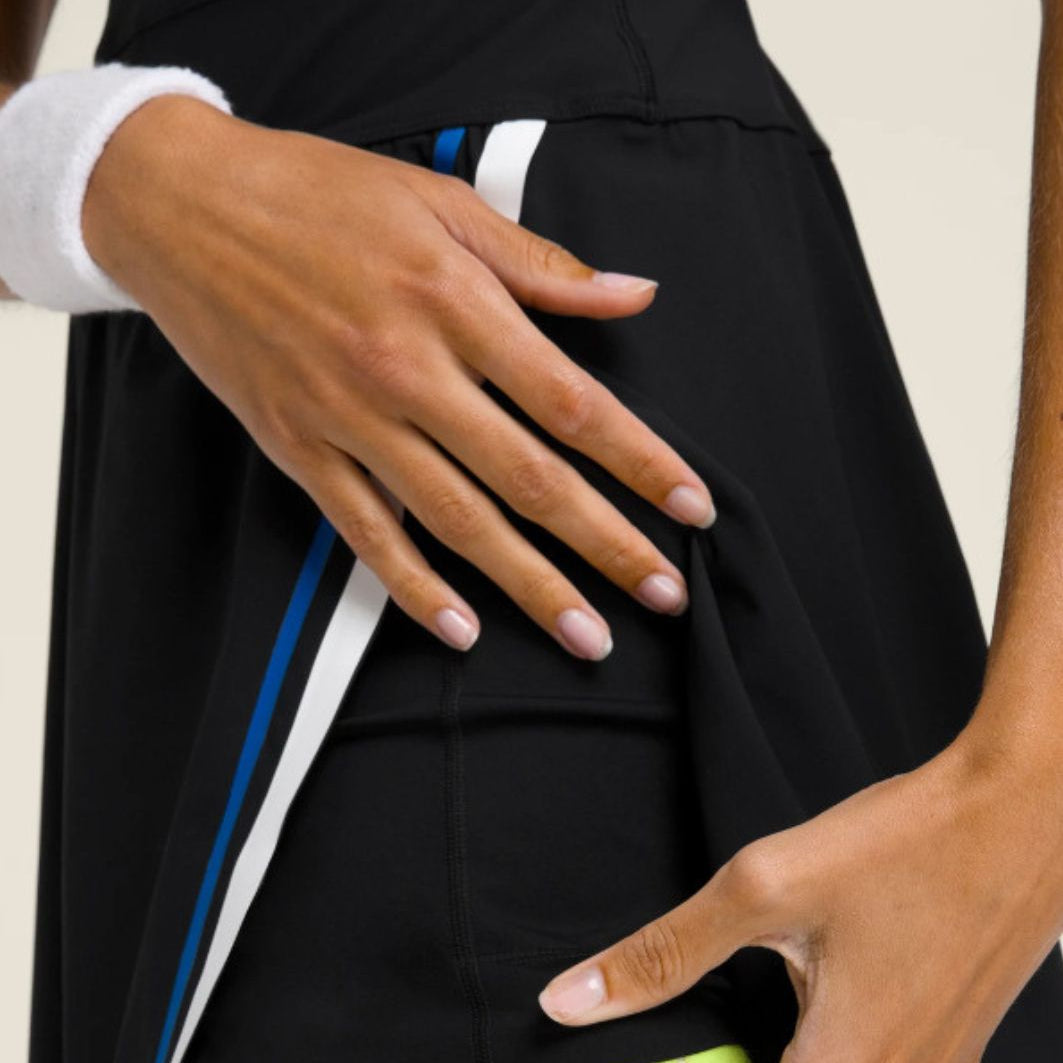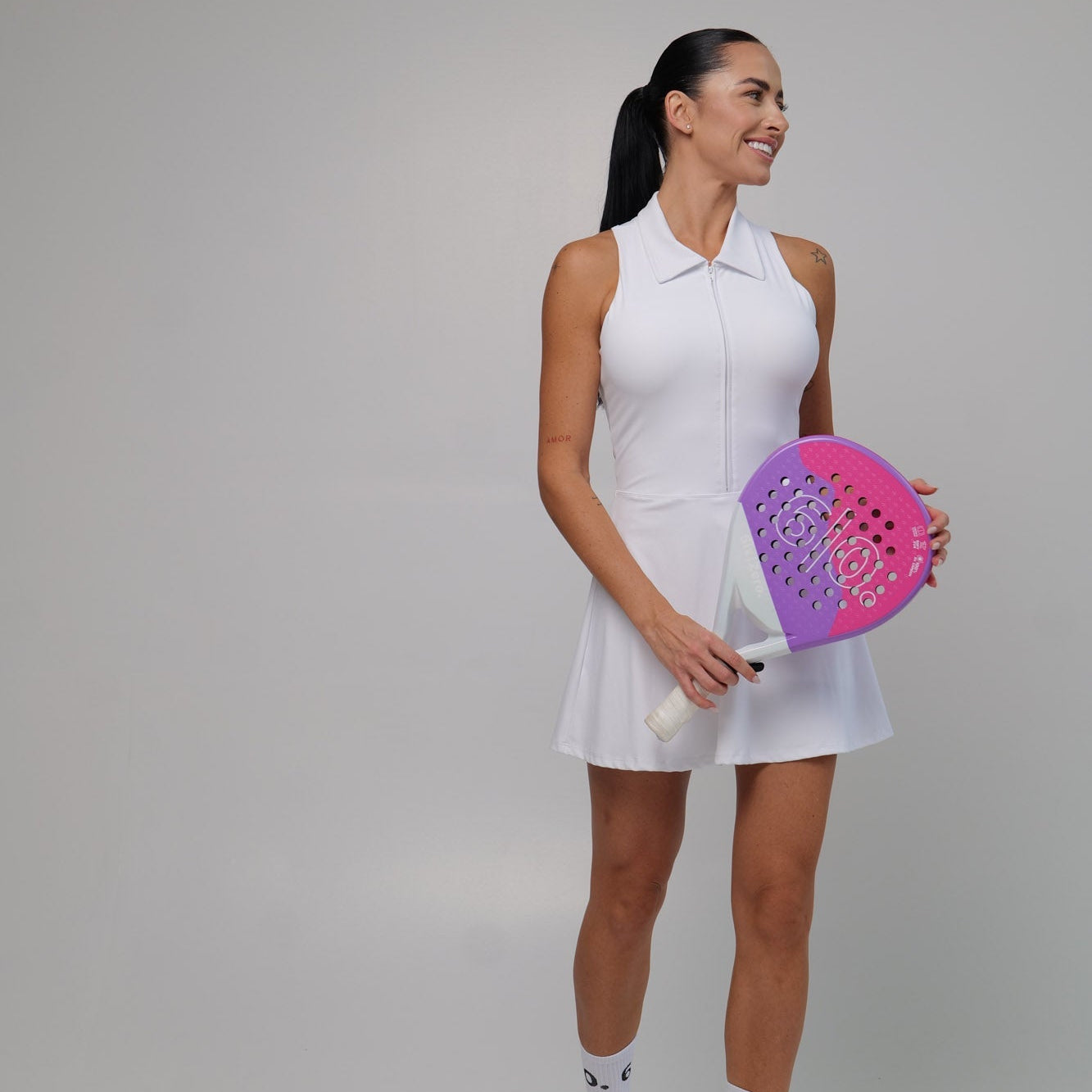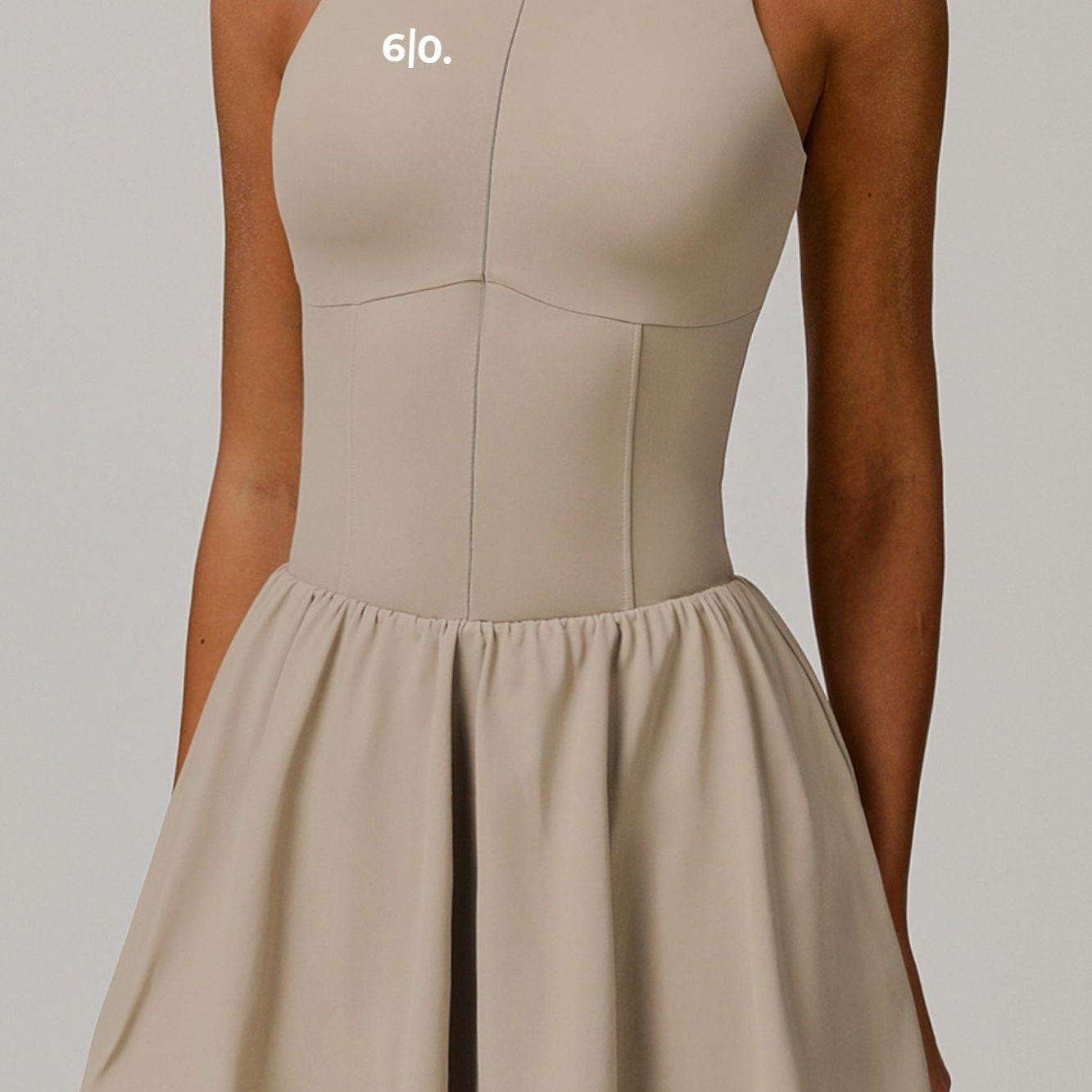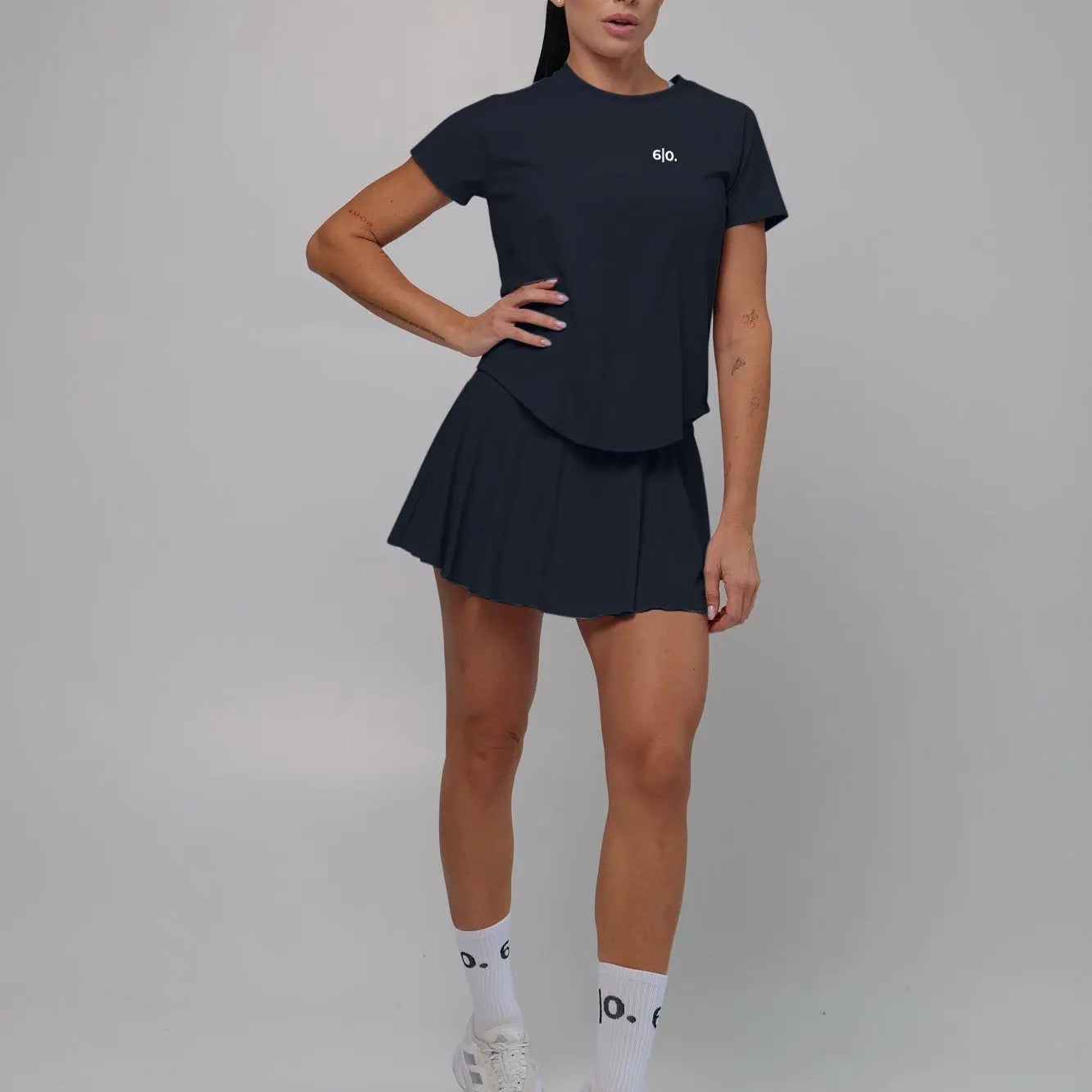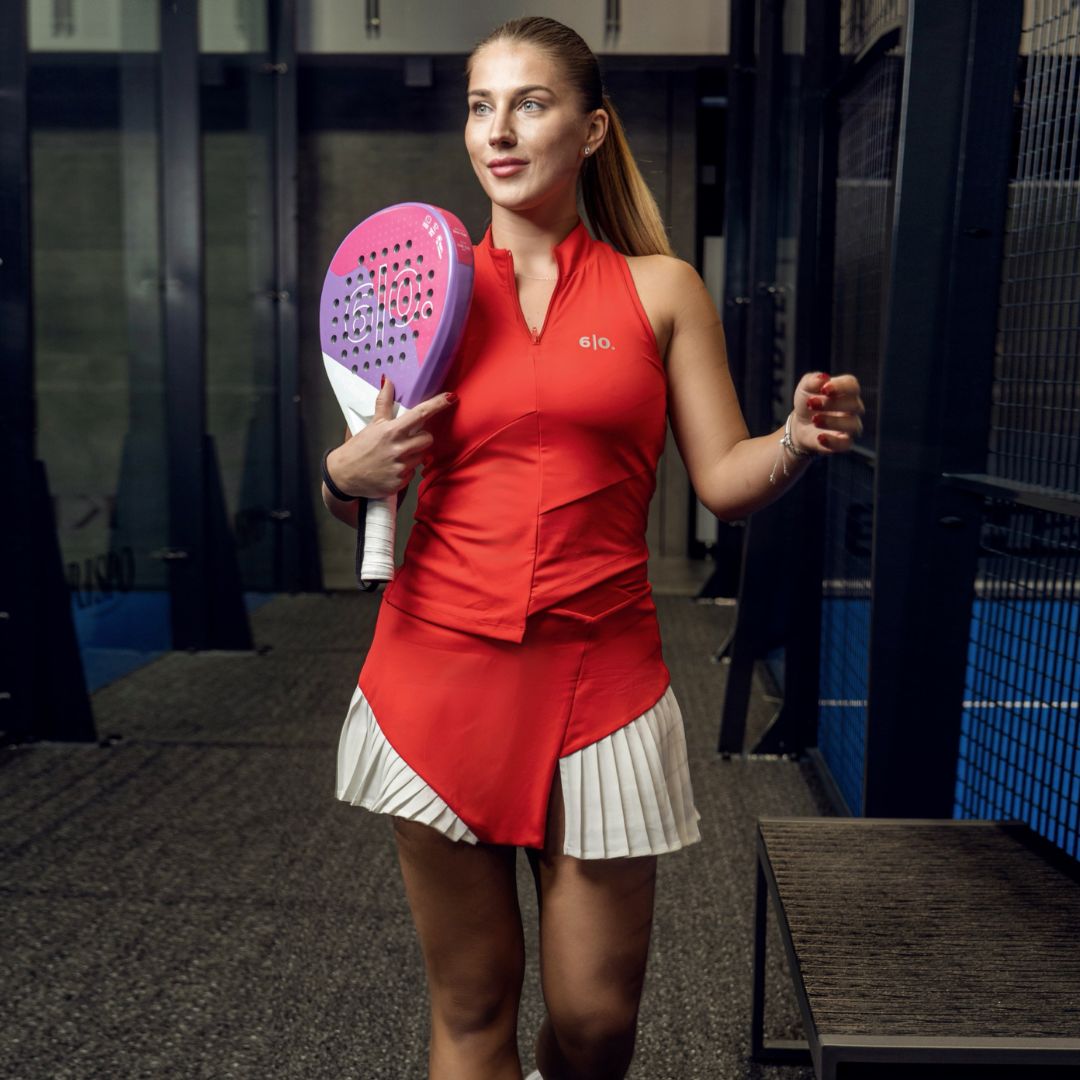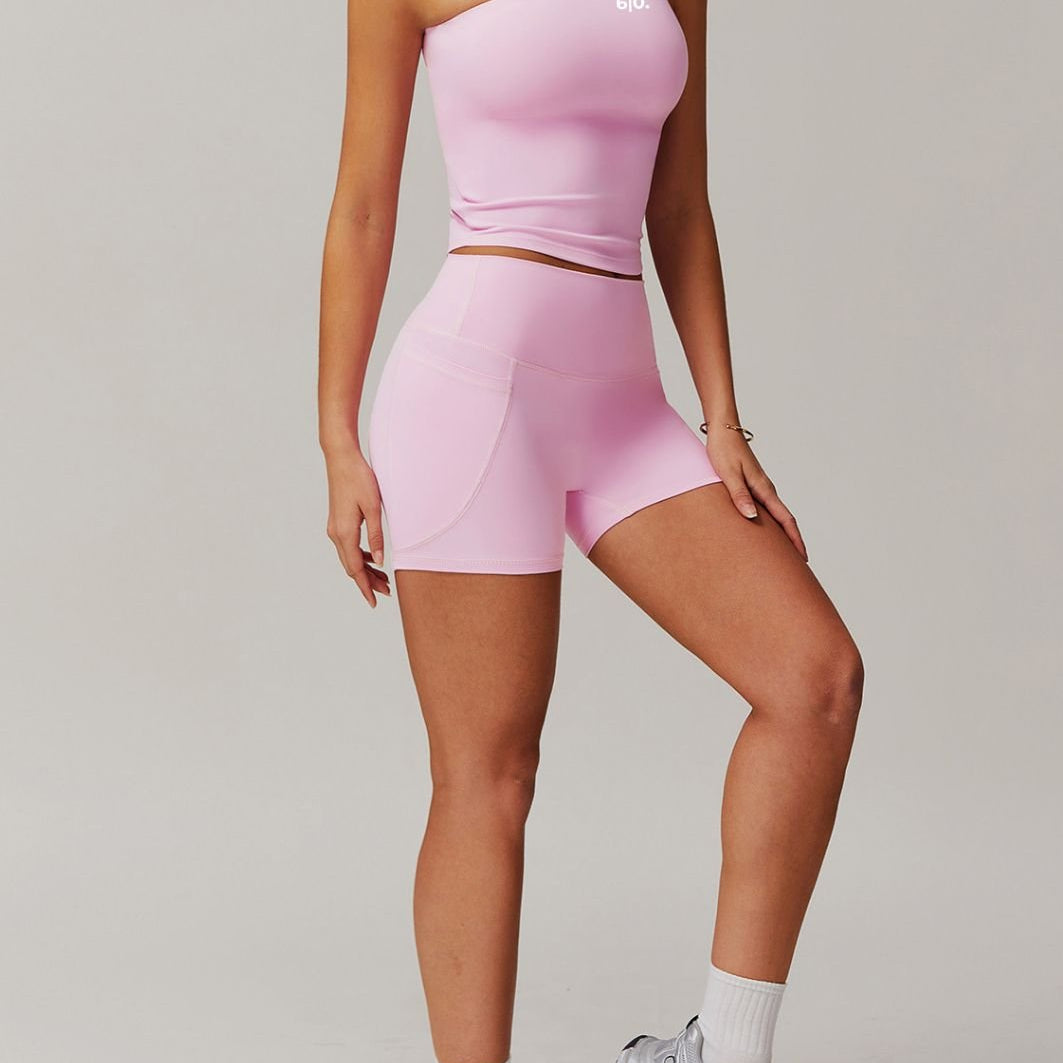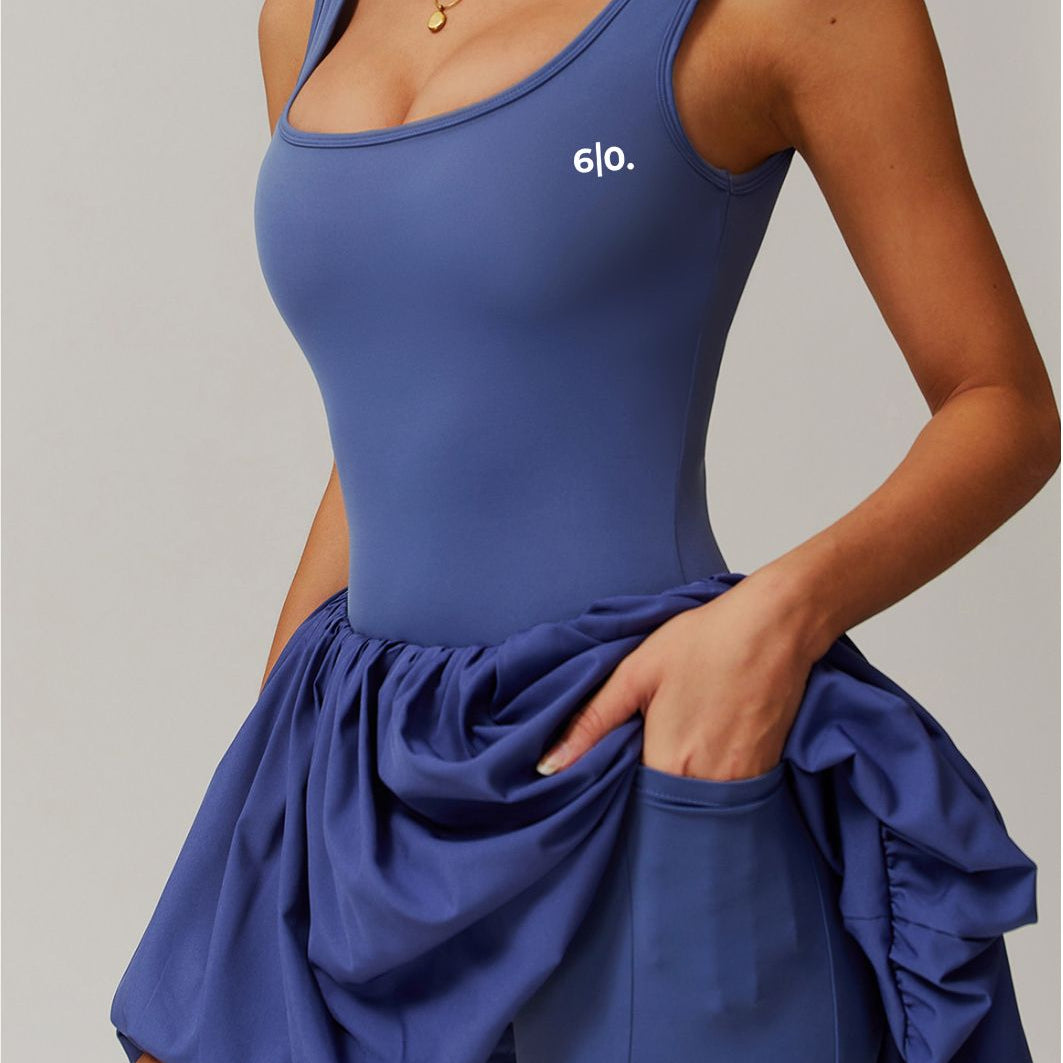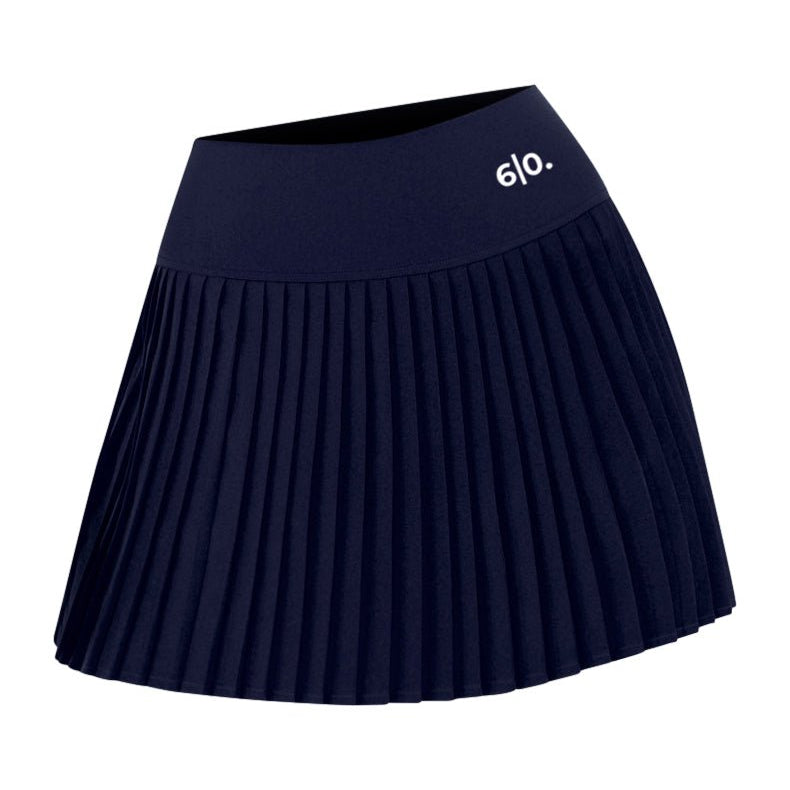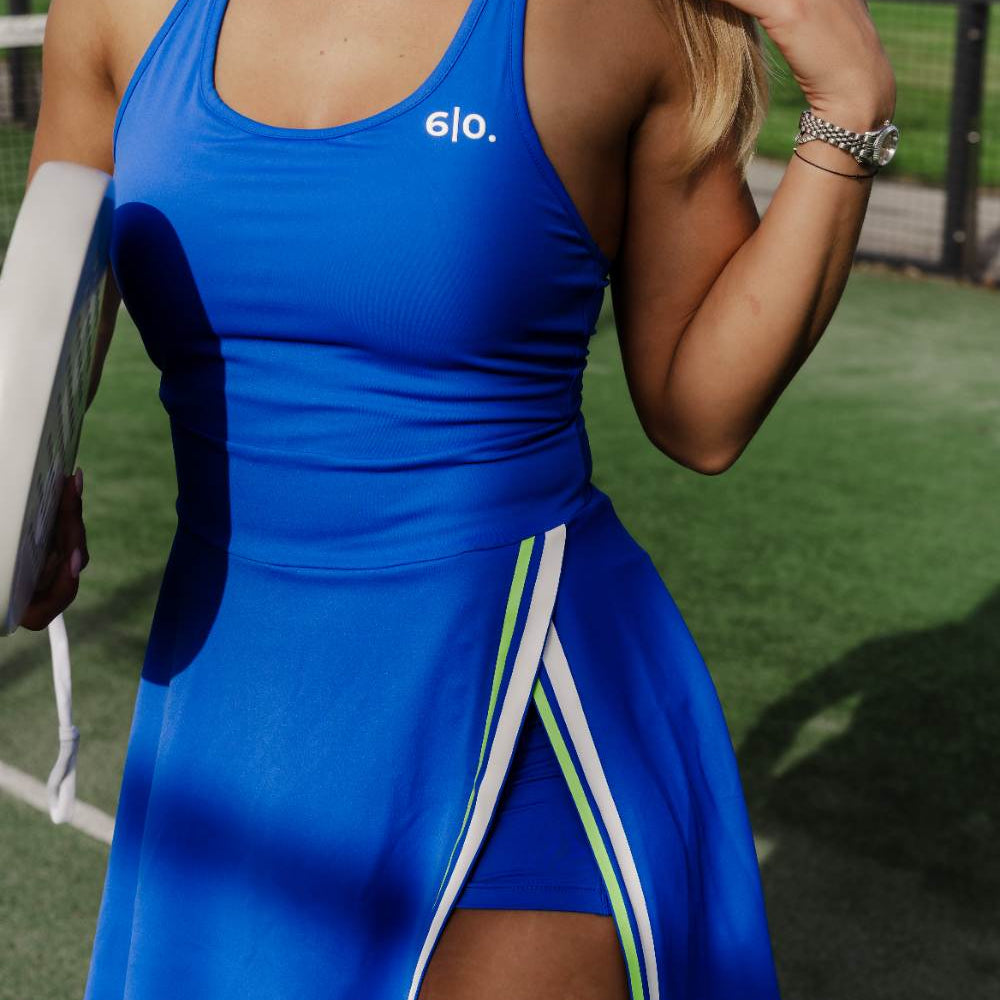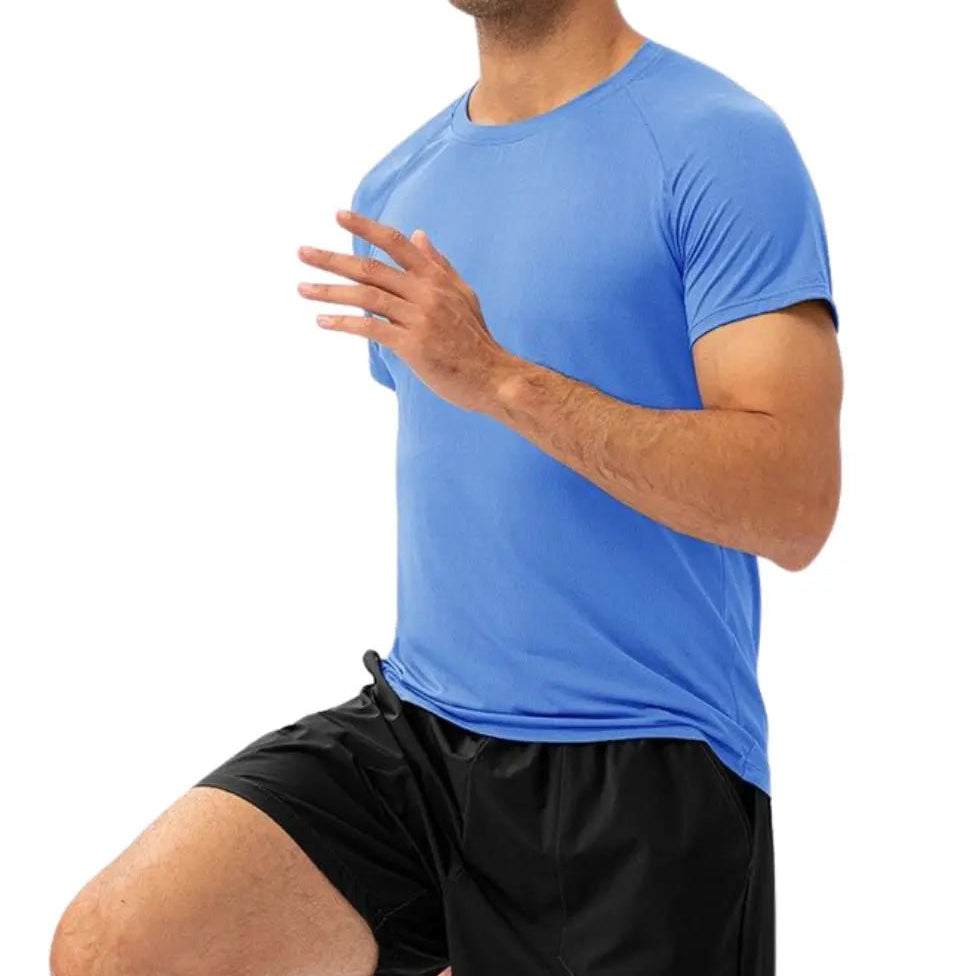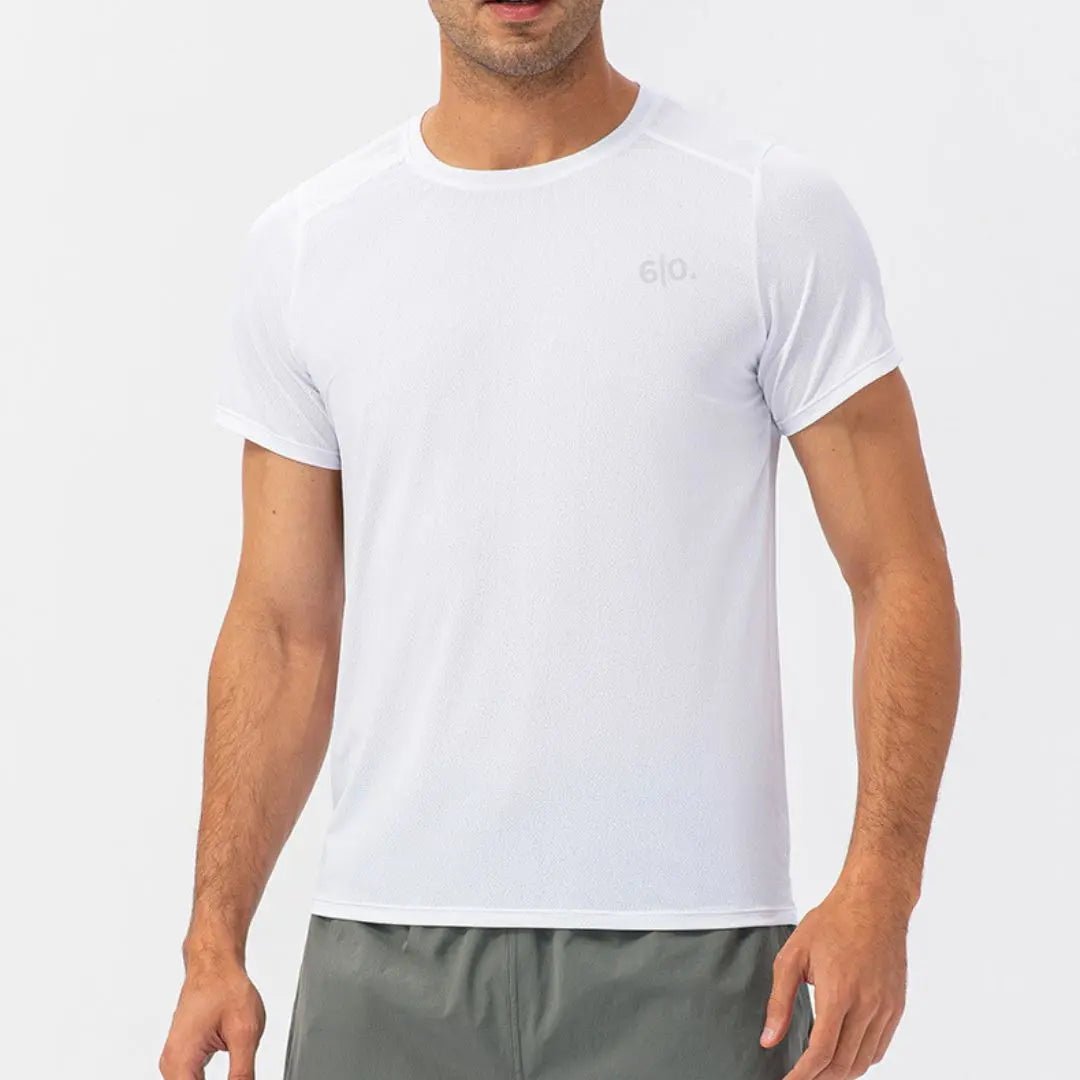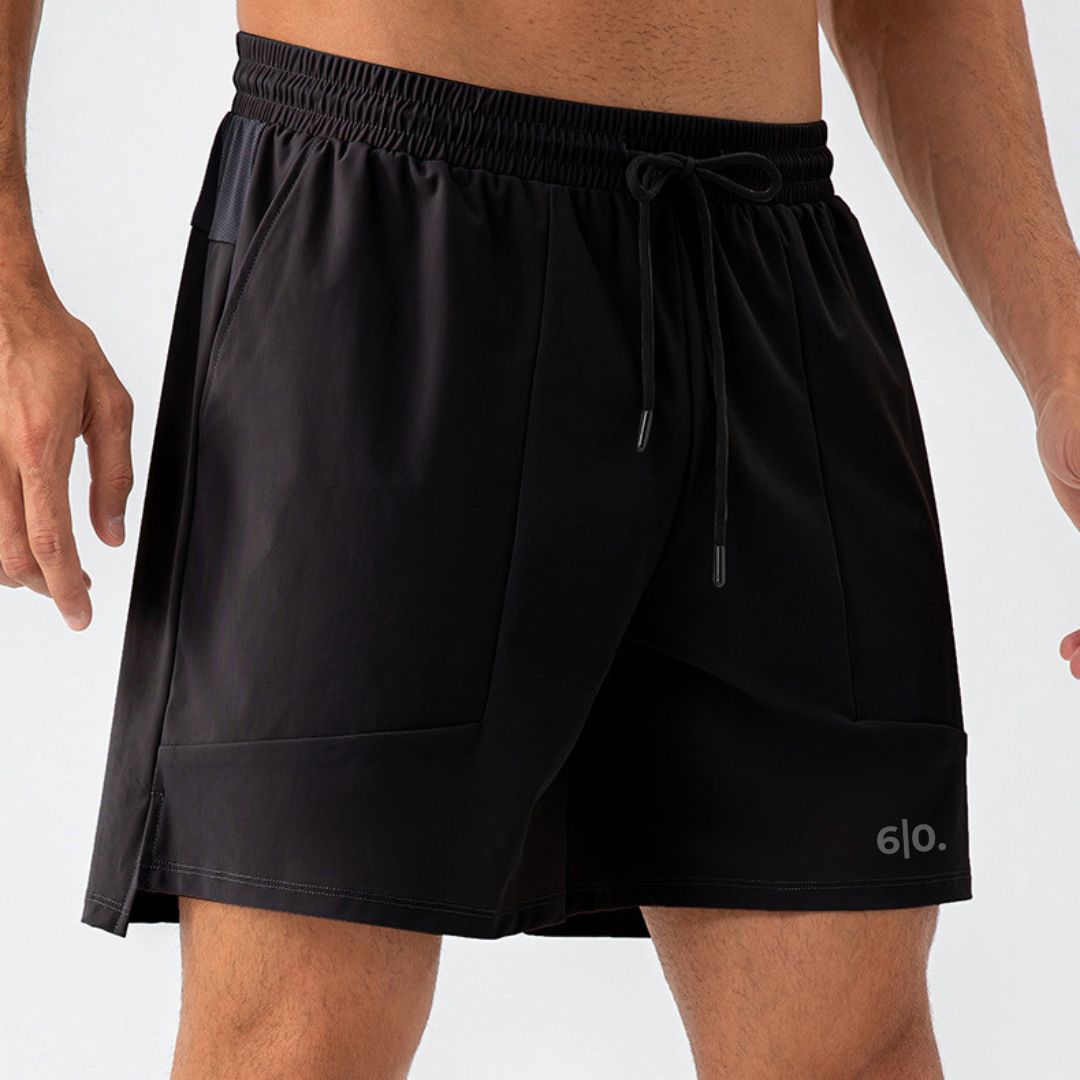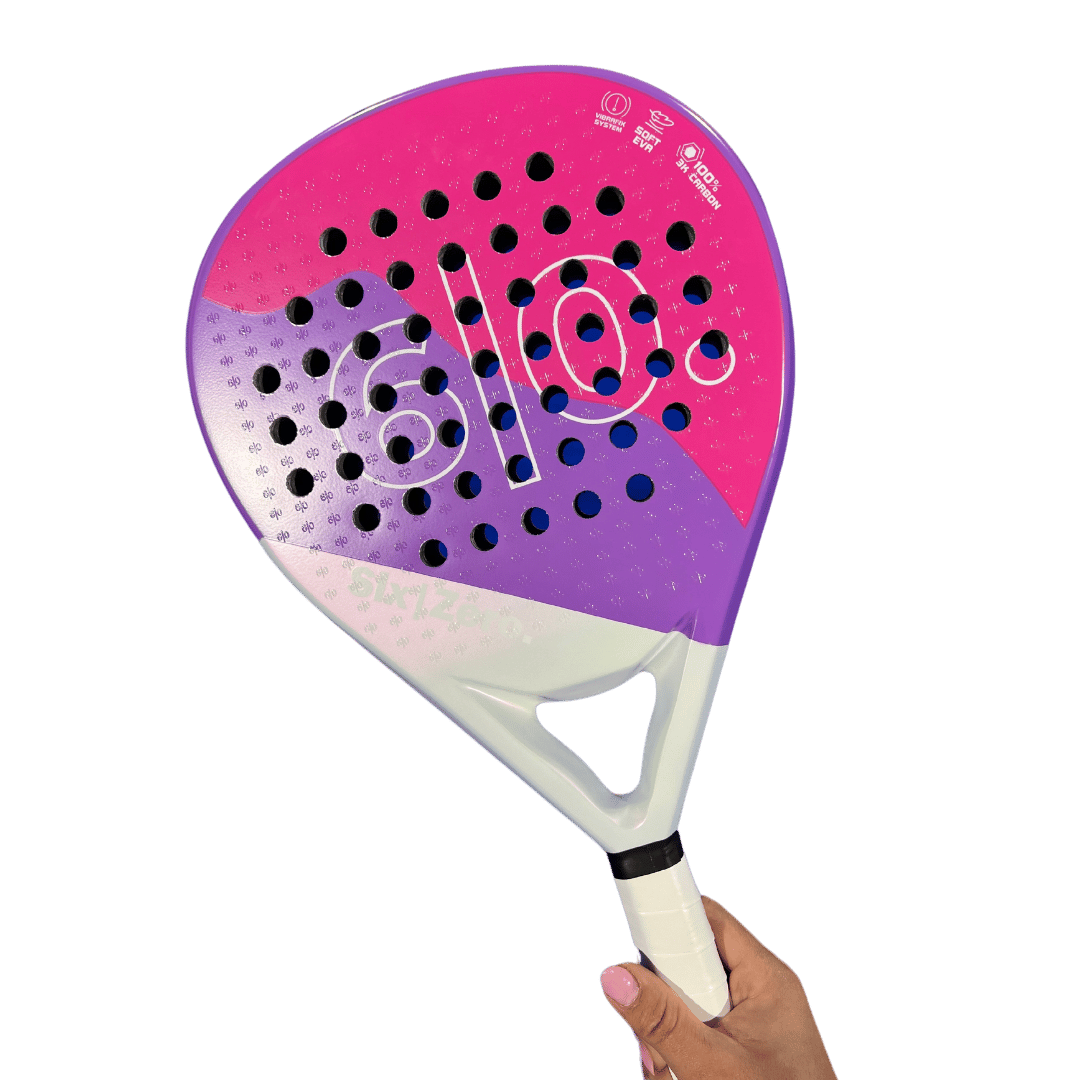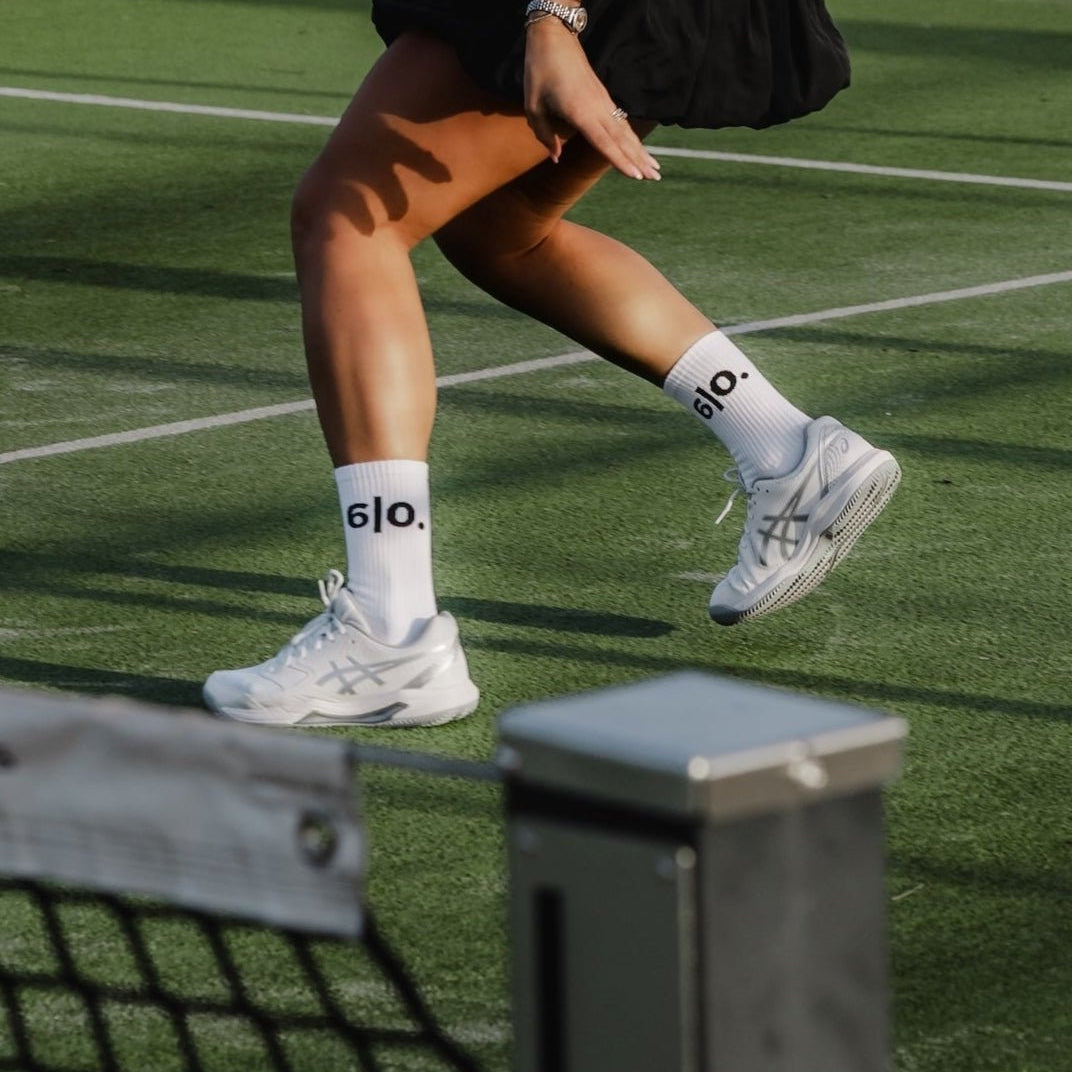Selecting the right padel racket is crucial for enhancing your performance on the court and preventing potential injuries. Unlike tennis rackets, padel rackets are solid, shorter, and have a different weight distribution that directly impacts your game. How to choose a padel racket depends on understanding several key factors that match your playing style, physical attributes, and skill level. Whether you're transitioning from tennis or starting fresh in padel, this guide will walk you through everything you need to know about shapes, weight, balance, handle comfort, materials, surface textures, and skill-level recommendations to help you make an informed decision.
Understanding padel racket shapes
The shape of your padel racket determines where the sweet spot is located and greatly influences the balance between power and control.
Different shapes cater to various playing styles and skill levels, making this one of the most important considerations when selecting your equipment.
Round Shape – Control and Forgiveness
Round rackets feature a large, centrally positioned sweet spot that provides exceptional forgiveness on off-center hits. They're designed with a balanced weight distribution that favors control and accuracy over raw power. For beginners or players with defensive playing styles, these rackets offer consistency and reduce mishits, allowing you to develop proper technique without frustration. The forgiving nature of round frames makes them ideal for those still refining their stroke mechanics.
Teardrop Shape – Balance of Power and Precision
Teardrop or hybrid-shaped rackets represent the middle ground, offering a medium-sized sweet spot positioned slightly higher than round models. This versatile design provides a balanced combination of control and power, making it suitable for intermediate players who have developed consistent technique but want added offensive capabilities. All-round players benefit from the adaptability of teardrop shapes, as they perform well in both defensive and attacking situations.
Diamond Shape – Maximum Power
Diamond rackets feature a smaller sweet spot located high in the frame, designed specifically for generating maximum power in offensive shots. These rackets require advanced technique and precise timing to utilize effectively, as the smaller sweet spot offers less forgiveness on mishits. Players with aggressive styles who prioritize powerful smashes and attacking plays will appreciate the high-impact potential of diamond-shaped equipment. The precision these rackets offer comes at the cost of a steeper learning curve.
Matching weight and maneuverability
Padel racket weight significantly influences your swing speed, power generation, and fatigue levels during play.
Finding the right weight balance is essential for maintaining performance throughout longer matches.
- Light (340-360g): These rackets offer superior maneuverability and reduce arm strain, making them excellent choices for beginners, juniors, or players returning from injury. The reduced weight allows for quicker reactions at the net and less fatigue during extended sessions.
- Medium (360-370g): The most popular weight range, offering a balanced compromise between power and control. These rackets provide enough mass to generate decent power while remaining manageable for most recreational players. Most brands focus their best-selling models in this weight category.
- Heavy (370-385g): These rackets deliver maximum stability and power but require good technique and physical strength to wield effectively. The additional mass translates to more powerful shots when proper form is used, but they can lead to fatigue more quickly for less-conditioned players.
Choosing by Arm Health
Players with previous arm injuries or conditions like tennis elbow should prioritize lighter rackets with softer cores. The reduced vibration and impact stress can help prevent injury flare-ups while maintaining playability. Consider pairing a lighter frame with vibration dampeners for additional protection if you have sensitive joints.
Balancing power and control – racket balance explained
Padel racket balance refers to how weight is distributed throughout the frame, significantly affecting handling and performance characteristics.
This distribution creates different playing experiences even between rackets of identical total weight.
- Head-heavy: These rackets concentrate weight toward the top of the frame, generating additional power on smashes and offensive shots. The trade-off is reduced maneuverability and slower preparation, making them better suited for players who prioritize offensive capabilities.
- Head-light: With weight concentrated in the handle, these rackets offer quicker preparation and exceptional maneuverability for precise volleys and defensive play. They're easier to position quickly but provide less natural power on offensive strokes.
- Even balance: These rackets distribute weight uniformly, creating versatile performance characteristics that work well for all-round players. They represent a balanced compromise between the specialized characteristics of head-heavy and head-light options.
Handle length and grip size – comfort & injury prevention
Padel racket handle size directly impacts your control, comfort, and risk of developing hand or arm strain.
Finding the proper fit is essential for optimal performance and long-term injury prevention.
Standard handles measure around 17cm, while extended handles can reach 20cm or more. Players who use two-handed backhands often prefer longer handles for improved leverage and grip positioning. For single-handed players, standard handles typically provide better control and maneuverability.
Grip thickness should match your palm size—a common guideline is to leave approximately a thumb's width of space between your fingertips and palm when holding the racket. Grips that are too thin cause excess wrist movement and strain, while overly thick grips restrict wrist action and reduce control.
Overgrips allow you to customize handle thickness and texture while adding cushioning. They're relatively inexpensive and should be replaced regularly to maintain optimal grip and hygiene. Many players add one or two overgrips to fine-tune their handle thickness for perfect comfort.
Anti-Vibration Overgrips
Specialized anti-vibration overgrips like those from Bullpadel, Head, and Babolat incorporate dampening materials that reduce the transmission of impact shock to your arm. These can be particularly beneficial for players with previous elbow or wrist injuries, providing additional protection while maintaining good racket feel.
Core and frame materials – durability vs. feel
Padel racket materials determine its responsiveness, durability, and overall feel during play.
Understanding the combination of core and frame components helps you select a racket that matches your preferences.
Core materials are primarily variations of foam that differ in density and elasticity. EVA foam cores offer firmness and power, with excellent response on impact but less shock absorption. Soft foam cores provide enhanced comfort and forgiveness, absorbing more vibration at the cost of some power and responsiveness. Many manufacturers now offer multi-density cores that combine layers with different properties to balance performance characteristics.
Frame materials determine rigidity and durability. Carbon fiber frames are stiff and lightweight, providing precise power transfer and excellent durability but less shock absorption. Fiberglass frames offer more flexibility and a softer feel, absorbing more impact vibration while sacrificing some precision. Many high-performance rackets utilize composite constructions with varying percentages of carbon and fiberglass to achieve specific performance profiles.
Surface texture and spin potential
Surface texture on padel rackets affects your ability to generate spin and control ball trajectory.
Different face patterns create varying levels of friction with the ball upon contact.
Smooth-faced rackets produce consistent, predictable ball trajectories with minimal spin influence, making them more beginner-friendly. The reduced friction makes shots more straightforward but limits the ability to manipulate the ball with advanced spin techniques.
Rough or textured surfaces create additional friction at impact, enabling greater spin generation and ball control. 3D textures with pronounced patterns allow advanced players to create complex shot variations by manipulating contact angles. Sandpaper-like finishes offer enhanced grip on the ball, particularly useful for sliced shots and defensive lobs where spin control is crucial.
Choosing by skill level & playing style
Combining all the factors we've explored, let's look at recommendations tailored to different player profiles to help narrow down your options.
Beginners – Control and Forgiveness
The best padel racket for beginners typically features a round shape with a centrally positioned sweet spot that forgives mishits. Look for models weighing between 340-360g with even balance or slightly head-light characteristics for easier maneuverability. A soft core provides comfort while you develop proper technique, and a fiberglass or carbon-fiberglass composite frame offers durability with reasonable feedback. Smooth or lightly textured faces work best as you develop consistent contact skills.
Intermediate – Versatility
Intermediate players benefit from teardrop-shaped rackets that offer versatility across different shots and situations. A medium weight range (360-370g) provides enough power without sacrificing control. Consider balanced or slightly head-heavy models depending on whether you prefer defensive or offensive play. Carbon-fiberglass composite frames with medium-density cores balance responsive feel with reasonable comfort. Moderate surface texturing helps develop spin techniques without becoming too demanding.
Advanced – Power and Precision
Advanced players typically gravitate toward diamond shapes that maximize power potential for attacking play. Weights in the upper range (370-385g) and head-heavy balance configurations support aggressive shot-making. High-percentage carbon fiber frames with firmer cores deliver precise response and maximum energy transfer. 3D textured surfaces enable complex spin manipulation for tactical advantage. These rackets demand refined technique but reward it with superior offensive capabilities.
Conclusion
Choosing the ideal padel racket involves balancing multiple factors to match your physical attributes, playing style, and skill level. The shape determines your sweet spot size and position, weight affects your power and maneuverability, balance influences handling characteristics, grip comfort prevents injury, materials impact feel and durability, and surface texture determines spin potential.
Remember that no single racket is perfect for everyone—your personal preferences and physical capabilities should guide your decision. Whenever possible, test rackets at your local club or brand demo days before purchasing. Many players maintain two different rackets for varying conditions or playing strategies.
With the knowledge from this guide, you're now equipped to make an informed decision about how to choose a padel racket that will enhance your game and support your development on the court.
Frequently Asked Questions
What weight padel racket should a beginner choose?
Beginners should select rackets in the 340-360g range for easier maneuverability and reduced arm fatigue. Lighter weights allow for better control while developing proper technique and minimize strain during the learning process.
How do I measure my padel racket grip size?
Hold the racket with your playing hand and check if there's roughly a thumb's width gap between your fingertips and palm. If the gap is larger, the grip is too small; if your fingers touch your palm, the grip is too large.
What is the difference between EVA foam and soft foam cores?
EVA foam cores are denser and stiffer, providing more power and responsiveness but less comfort. Soft foam cores offer greater vibration absorption and comfort but sacrifice some power and direct feedback on impact.
Does racket shape really affect my game?
Yes, shape significantly impacts performance. Round rackets offer control and forgiveness with central sweet spots. Diamond shapes provide power with high sweet spots. Teardrop shapes balance these characteristics for versatile play.
How often should I replace my padel racket?
Most recreational players should replace rackets every 12-24 months depending on frequency of play. Signs it's time include visible frame cracks, significant face damage, noticeably reduced performance, or changes in your playing style requiring different characteristics.
